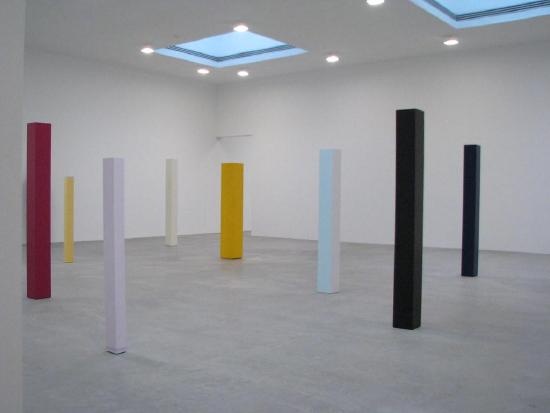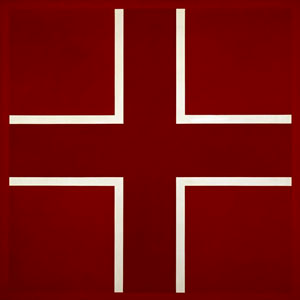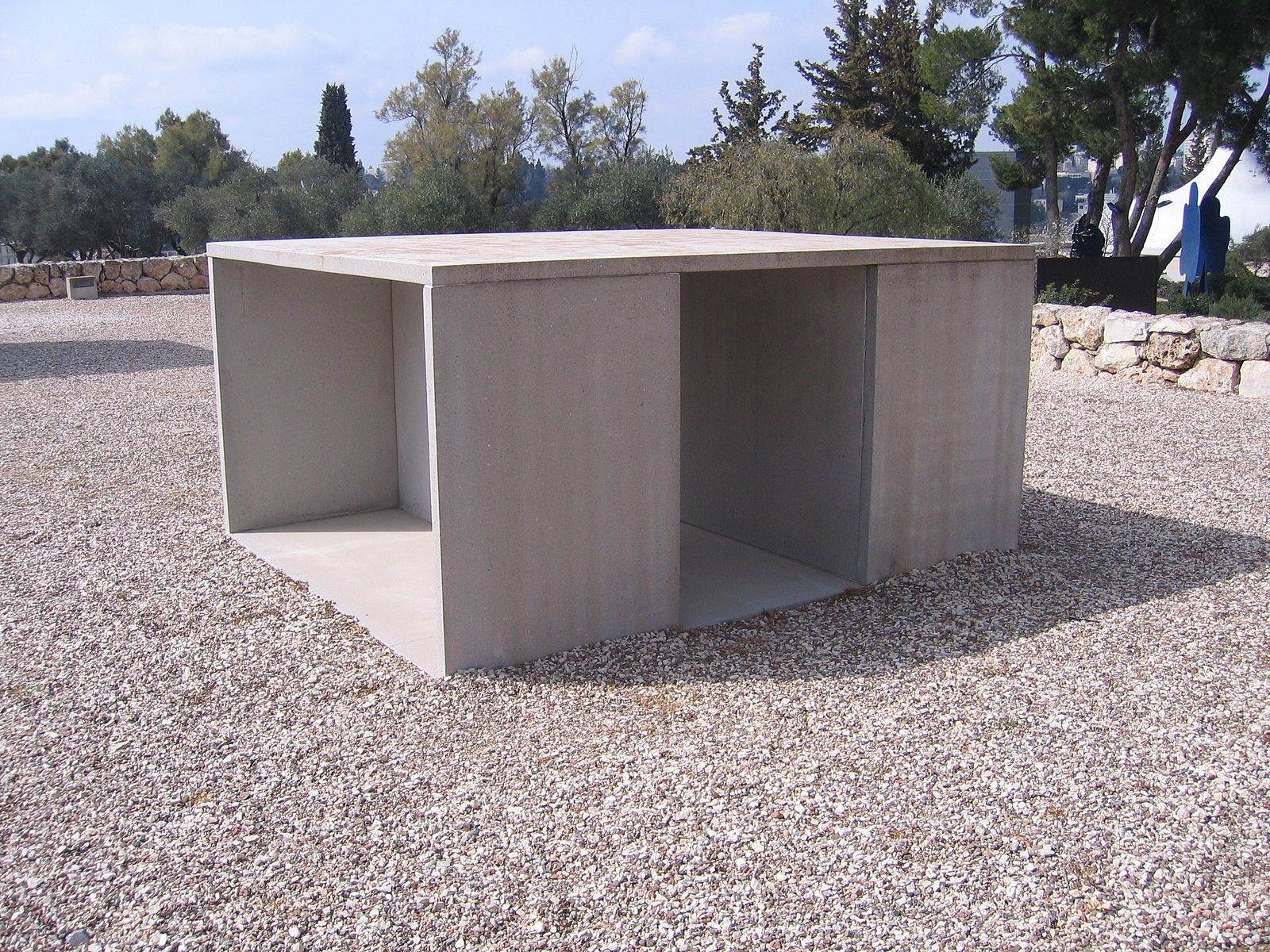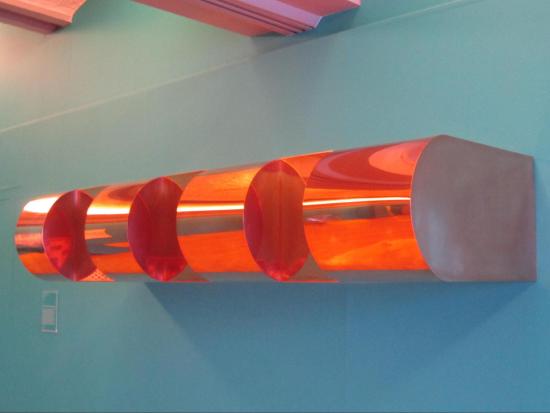14.5: Minimalism
- Page ID
- 32004
|
Name |
Native Country |
|
Anne Truitt |
United States |
|
John McCracken |
United States |
|
Donald Judd |
United States |
Minimalism is the use of sparse design elements to create an art piece. The movement began after World War II and was prominent in New York City during the 1960s, influenced by the Bauhaus and constructivism. It started using the reductive aspect of Modernism and a reaction against Abstract Expressionism. The trend began as geometric abstraction and then evolved to minimalism. The use of colored stripes, monochromatic colors, and hard-edged format without pictures or figures was ordinary. Critics and viewers heavily criticized the Minimalism style of art. Minimalism is based on less, bareness, and less is more. It is art stripped down to the bare essentials eliminating anything that is not needed.
Anne Truitt (1921– 2004) was an American artist and created some of her most famous works in the 1960s. Truitt was a graduate from Bryn Mawr College with a degree in psychology and was a nurse briefly until she decided art was a better career. She started with figurative sculptures but refocused on geometric forms. Wanting to display space and color in her sculptures, Truitt's first minimalist sculptures were plain, painted, large pieces made from wood and acrylic. They often resembled pillars, and a cabinet maker created the forms off of her drawings. She applied gesso to the wood columns and many, many coats of acrylic paint. In between each coat of paint, Truitt would sand down the brush marks. She alternated brushstrokes from side to side or up and down, producing a final piece of a smooth plane of color. She frequently made a recessed platform under the sculptures (14.30), so it appears to be floating above the ground.

John McCracken (1934–2011) was an American contemporary artist who developed his signature form of sculpture using a narrow plank of wood, a plank made to lean against the wall painted in a single color. McCracken thought of the plank as the base in the physical world of objects like trees and buildings, the wall representing the imagination. His sculptures were made of plywood and coated with fiberglass and resin, using color to create another dimension. The colors were bright and unusual, like bubble-gum pink. In works like the deep maroon painting Untitled (14.31), he applied the paint and sanded and polished each layer. He divided the painting into elements of shapes and symmetry, giving the composition cohesiveness.

Donald Judd (1928–1994), an American artist, critic, and sculptor, started as a painter but moved to structures with straight lines and angles. He preferred geometric forms like squares or cubes because he could use the scale and proportion of the shapes to explore space. Judd defined a new vocabulary for his forms and called them stacks, boxes, and progressions for his creations of freestanding objects. Judd liked to use metal, plywood, concrete (14.32), and Plexiglas (14.33) when he started making larger pieces for sculptured installations. He also worked with enamel on aluminum to expand his choices of color and use more than one or two colors in any individual work. Judd bought a five-story building to build large structures and prepare them for permanent installations. He was one of the most influential artists and theorists in the minimalist period.




